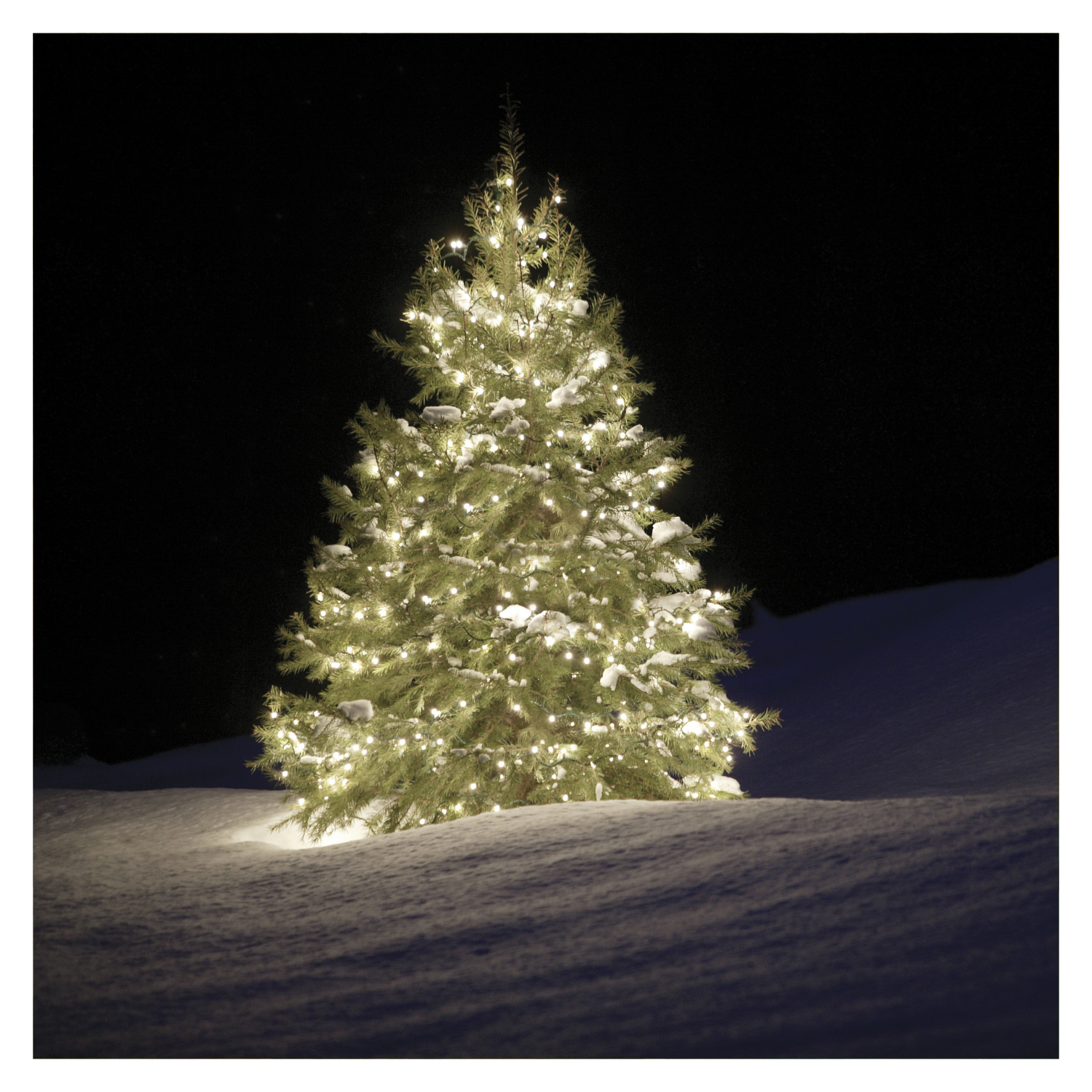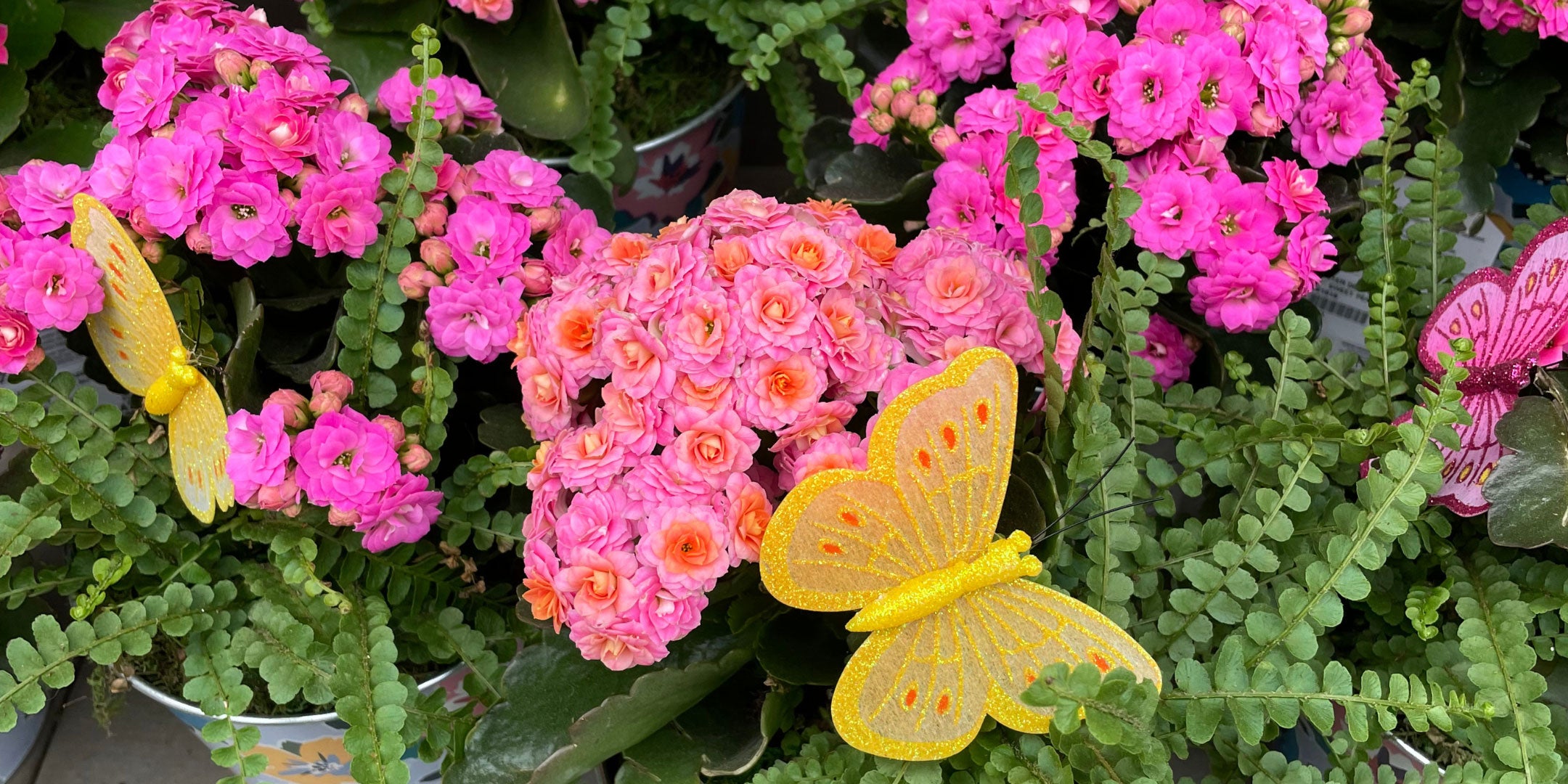The History of the Christmas Wreath
Wreaths have been a part of holiday celebrations for centuries, symbolizing a circle of life, eternity, and the hope of renewal. The word "wreath" comes from the Old English word writhen, meaning to twist or bind. While their use has expanded across cultures and traditions, the Christmas wreath as we know it is deeply rooted in Christian customs.
The practice of hanging wreaths dates back to ancient Greece and Rome, where they were used as a symbol of victory and honor. Victors in athletic competitions were often crowned with laurel wreaths, a practice that symbolized achievement and status. In Scandinavian traditions, wreaths were lit with candles during long, dark winters to signify hope and light, often serving as a precursor to the modern Advent wreath.
In early Christianity, evergreen wreaths became a symbol of eternal life, as evergreens retain their lush greenery even in the depths of winter. The circular shape of the wreath further emphasized concepts of continuity and infinity, representing God's unending love and the promise of salvation. By the 16th century, wreaths had become a common part of Advent traditions in Germany, where families would light candles placed around a wreath to mark the four weeks leading up to Christmas.
Over time, Christmas wreaths transitioned from strictly religious symbols to festive decorations. They began to appear on doors, windows, and walls, often adorned with bright red bows, holly, and berries to evoke the colors of the season. Holly itself holds symbolic significance, with its spiky leaves representing the crown of thorns worn by Jesus and its red berries symbolizing His blood.
Today, Christmas wreaths come in all shapes and sizes, from traditional evergreen circles to modern interpretations adorned with ornaments, ribbons, and lights. They serve as both beautiful decorations and meaningful representations of hope, renewal, and unity. For many, hanging a wreath is a way to welcome guests with warmth and to celebrate the season’s deeper spiritual and cultural meanings.
Fresh Wreaths: How They Are Made
Fresh wreaths are handcrafted using natural materials, most commonly evergreen boughs such as pine, cedar, fir, or spruce. The process begins with a sturdy base, typically made of wire, grapevine, or foam. Evergreen clippings are carefully arranged and secured to the base with floral wire or twine, creating a lush, layered look.
Accents like pinecones, berries, dried citrus, or ribbon add character and charm to the wreath. For an extra festive touch, some wreaths are adorned with ornaments or lights. Each fresh wreath is a unique creation, blending natural beauty with artisan craftsmanship.
A Christmas wreath is more than just a decoration; it’s a timeless tradition steeped in history and symbolism. Whether you opt for a classic evergreen design or a modern interpretation, these beautiful creations are a wonderful way to celebrate the season.




